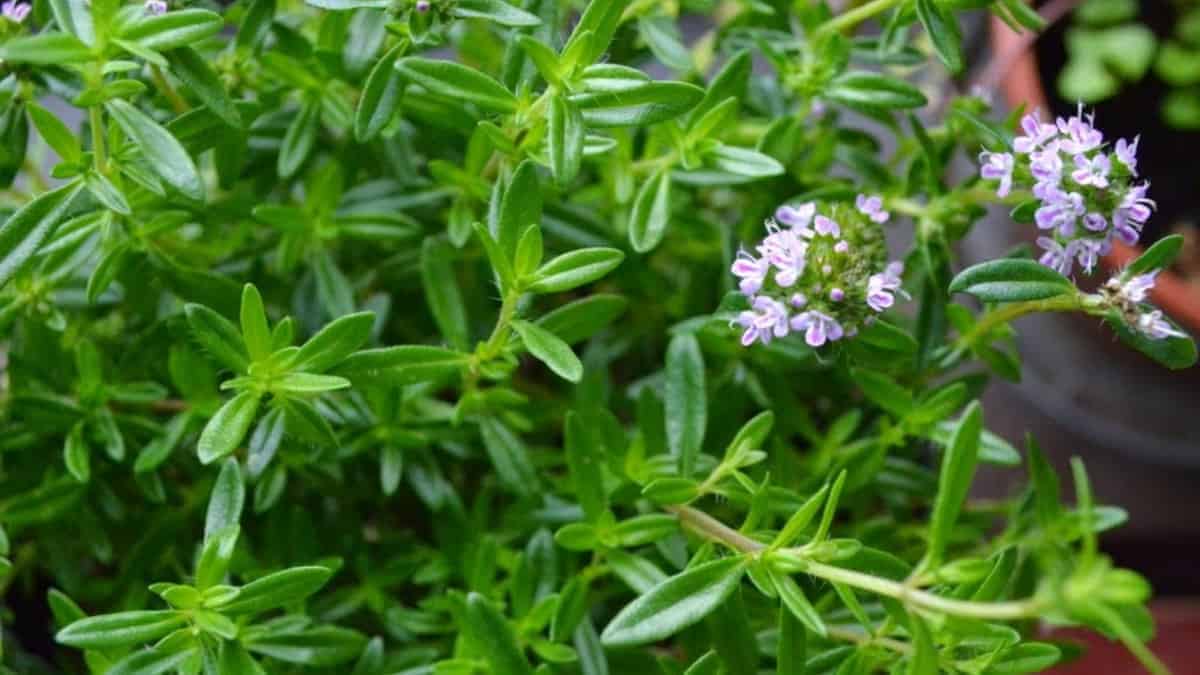Description
A culinary herb from the Mediterranean with smooth grey-green narrow leaves similar to thyme, rosemary, and sage.
What does it taste like?
The flavor of the summer savory herb is of sweet pine and light pepper while the aroma is spicy with pepper.
There are two main varieties of the herb, summer savory and winter savory.
The summer variety is milder and less intense than its winter brother.
Summer Savory Uses
A component of herbes de Provence and bouquet garni. The herb is well suited to rich meats which have been smoked, stewed, grilled, or braised.
This seasoning pairs well in stuffings, meats, and beans with its natural sweetness delicately lifting the ingredients.
Summer Savory Substitutes
- Marjoram: contains sweet flavors of pine alike that of savory.
- Sage: notes of pine make sage a possible alternative to savory.
- Thyme: similarly pungent with a hint of mint, substitute in recipes which require cooking.
Compliments and Pairings
Savory is suited to bold Mediterranean flavors such as lentils, tomato, onion, garlic, sage, rosemary, marjoram, cheese, mushroom, thyme, fish, shellfish, red meat, poultry, potato, beans, turnip, and green beans.
Expiration and Storage
- Fresh: wrap in a damp kitchen cloth and store in the refrigerator for up to one week.
- Dried: dry fresh herbs in a cool shaded area then store in an airtight container and use within six months.
- Frozen: freeze fresh herbs in a ziplock bag and use them within one year.
Fun Facts
- The name savory comes from the Latin ‘satureja’.
- The Roman lore of ‘Satyr’ told the story of a hedonistic half-man, half-goat who lived in meadows of savory.
Where does it come from?
The summer savory herb is a member of the savory family. Native to the Mediterranean.
Check out wikipedia for a more detailed scientific explanation of its origins.
Popular Recipes
- Sharena sol
- Sarmale
- Mushroom pate
- Bruschetta
- Beef stew
- Green beans and garlic
- Sausage stuffing
- Turnip salad
- Goats cheese-tart

